
A Roman villa was typically a farmhouse or country house in the territory of the Roman Republic and the Roman Empire, sometimes reaching extravagant proportions.
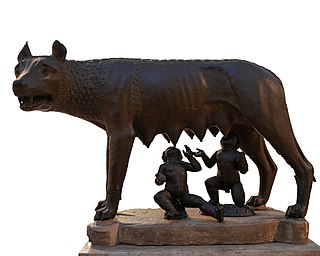
In Roman mythology, Romulus and Remus are twin brothers whose story tells of the events that led to the founding of the city of Rome and the Roman Kingdom by Romulus, following his fratricide of Remus. The image of a she-wolf suckling the twins in their infancy has been a symbol of the city of Rome and the ancient Romans since at least the 3rd century BC. Although the tale takes place before the founding of Rome around 750 BC, the earliest known written account of the myth is from the late 3rd century BC. Possible historical bases for the story, and interpretations of its local variants, are subjects of ongoing debate.

The Forma Urbis Romae or Severan Marble Plan is a massive marble map of ancient Rome, created under the emperor Septimius Severus between 203 and 211 CE. Matteo Cadario gives specific years of 205–208, noting that the map was based on property records.
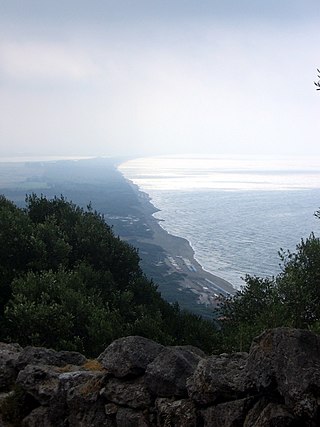
Cosa was an ancient Roman city near the present Ansedonia in southwestern Tuscany, Italy. It is sited on a hill 113 m above sea level and 140 km northwest of Rome on the Tyrrhenian Sea coast. It has assumed a position of prominence in Roman archaeology owing to its excavation.

Trajan's Forum was the last of the Imperial fora to be constructed in ancient Rome. The architect Apollodorus of Damascus oversaw its construction.

Piazza Armerina is a comune in the province of Enna of the autonomous island region of Sicily, southern Italy.
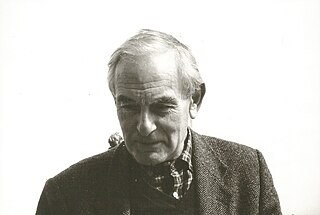
Lucos Cozza was an Italian Roman archaeologist.

The Villa Romana del Casale is a large and elaborate Roman villa or palace located about 3 km from the town of Piazza Armerina, Sicily. Excavations have revealed Roman mosaics which, according to the Grove Dictionary of Art, are the richest, largest and most varied collection that remains, for which the site has been designated as a UNESCO World Heritage Site. The villa and artwork contained within date to the early 4th century AD.

Romulus was the legendary founder and first king of Rome. Various traditions attribute the establishment of many of Rome's oldest legal, political, religious, and social institutions to Romulus and his contemporaries. Although many of these traditions incorporate elements of folklore, and it is not clear to what extent a historical figure underlies the mythical Romulus, the events and institutions ascribed to him were central to the myths surrounding Rome's origins and cultural traditions.
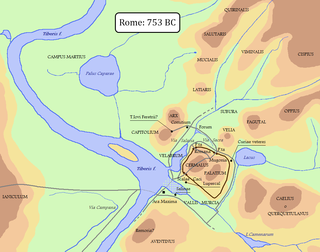
Roma quadrata was an area or structure within the original pomerium of the ancient city of Rome, probably the Palatine Hill with both its Palatium and Cermalus peaks and their slopes. It apparently dated to the earliest stage of the city's formation. The original meaning had already become obscure to both Latin and Greek historians by the late Roman Republic.

Murus Romuli is the name given to a wall built to protect the Palatine Hill, the centermost of the Seven Hills of Rome, in one of the oldest parts of the city of Rome. Ancient tradition holds that this wall was built by the Roman culture hero Romulus.
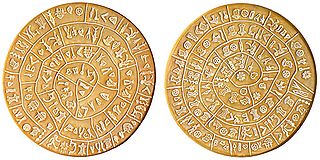
Luigi Pernier was an Italian archaeologist and academic now best known for his discovery of the Disc of Phaistos.
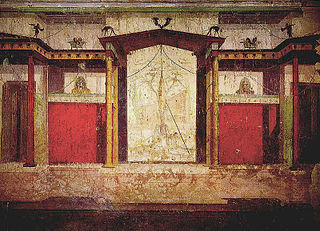
The House of Augustus, or the Domus Augusti, is situated on the Palatine Hill in Rome, Italy. This house has been identified as the primary place of residence for the emperor Augustus.

Villa Sciarra is a park in Rome named for the villa at its centre. It is located between the neighborhoods of Trastevere, Gianicolo and Monteverde Vecchio.

Francesco Mancini was an Italian painter whose works are known between 1719 and 1756. He was the pupil of Carlo Cignani.
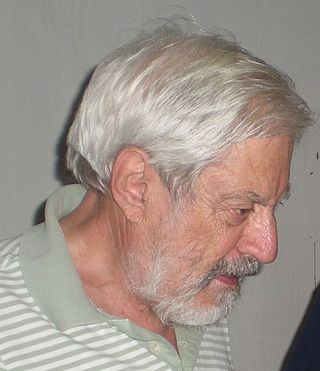
Italo Insolera was an Italian architect, urban and land planner, and historian.

The Museo di Roma is a museum in Rome, Italy, part of the network of Roman civic museums. The museum was founded in the Fascist era with the aim of documenting the local history and traditions of the "old Rome" that was rapidly disappearing, but following many donations and acquisitions of works of art is now principally an art museum. The collections initially included 120 water-colours by the nineteenth-century painter Ettore Roesler Franz of Roma sparita, "vanished Rome", later moved to the Museo di Roma in Trastevere.

The following outline is provided as an overview of and topical guide to Rome:
Lellia Cracco Ruggini was an Italian historian of Late Antiquity and professor emerita of the University of Turin. Her particular interests were in economic and social history, the history of ideas, and modern and ancient historiography. She specialized in the period from the second to seventh centuries AD.
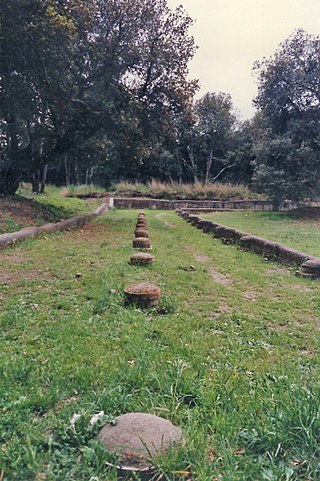
The Villa della Palombara was a large, sumptuous ancient Roman villa. It is now an archaeological site located within the pine forest of Castel Fusano near Ostia, Italy. It originally may have belonged to the famous orator Hortensius. It would have impressed with its exceptional proportions covering about 4 hectares.



















